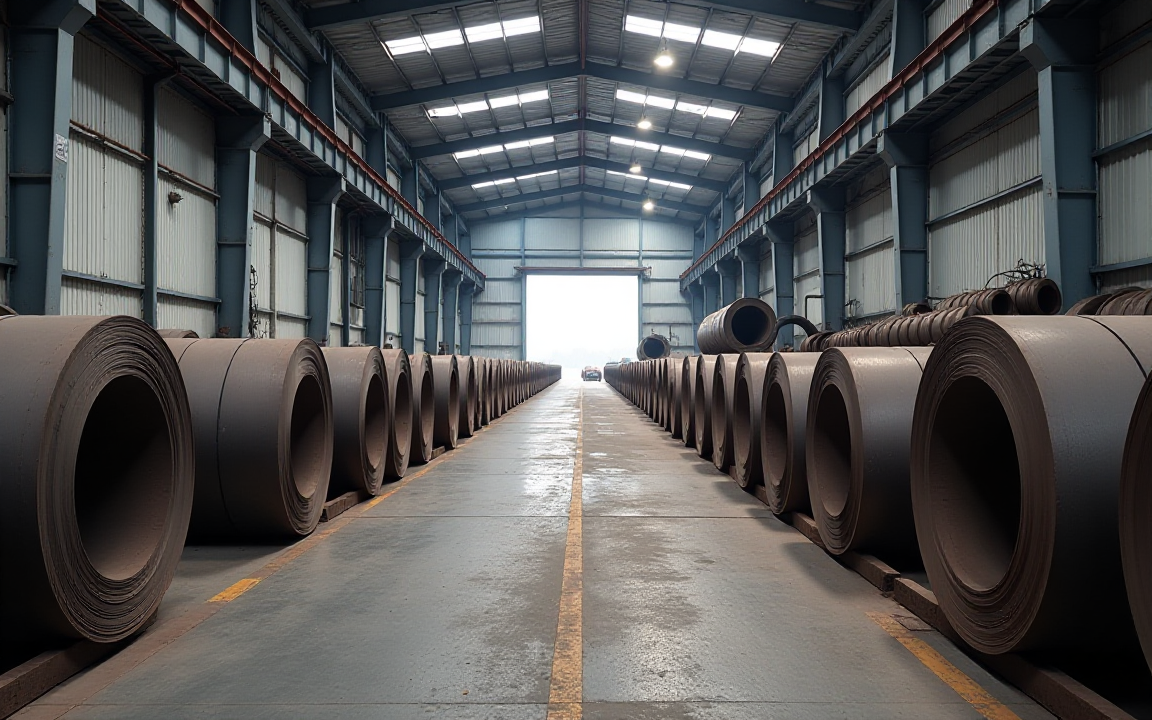India is proposing a three-year import tariff on certain steel products, specifically targeting shipments originating from China, the world’s leading steel producer.
The proposed tariff aims to curb the influx of these imports into the Indian market, according to a Reuters report.
Proposed tariff details
The Directorate General of Trade Remedies (DGTR) issued a notification dated August 16 detailing the proposed levy.
If implemented, the tariff would begin at 12% in the first year.
This rate would then gradually decrease, easing to 11.5% in the second year and further to 11% in the third and final year of the proposed tariff period.
This graduated approach suggests a strategy to provide initial protection to the domestic steel industry while potentially allowing for a gradual adjustment in the market over the three-year period.
The measure underscores India’s efforts to safeguard its domestic steel sector from perceived unfair competition or an oversupply from international markets, particularly from a dominant player like China.
The notification said:
The Authority concludes that there is a recent, sudden, sharp and significant increase in imports.
It added that this could cause serious injury to the domestic steel sector.
The DGTR has highlighted a significant global issue affecting the steel industry in the notification.
A key contributing factor to this situation is the imposition of a 50% tariff on steel imports into the US.
This protectionist measure, alongside similar actions taken by other nations, has led to a substantial accumulation of steel inventories at manufacturing facilities worldwide.
Challenges in the global steel market
This glut in the market creates several challenges.
For steel manufacturers, it means increased holding costs, potential price depreciation of their stored inventory, and a reduced incentive for continued production.
The inability to move existing stock efficiently can lead to production cuts, layoffs, and a general slowdown in the industry.
For importing countries, while tariffs are intended to protect domestic industries, they can also lead to higher costs for downstream industries that rely on steel, potentially impacting their competitiveness.
The global interconnectedness of supply chains means that such tariffs can have ripple effects, disrupting trade flows and potentially leading to retaliatory measures from affected countries, further exacerbating the situation.
The DGTR’s observation underscores the complex and often counterproductive consequences of unilateral trade policies in a globalised economy.
DGTR added:
Therefore, the safeguard duty must address, not only the serious injury suffered by the domestic industry…but also the threat of serious injury that is likely to arise in the future.
A 12% temporary tariff was imposed by the Indian government for 200 days in April, following preliminary findings that led to the final recommendation.
Japanese steel lobby groups announced earlier on Monday their request for the prompt implementation of measures to prevent the evasion of anti-dumping tariffs.
These tariffs are designed to safeguard their domestic industry from unfair imports.
US President Donald Trump’s import tariffs on steel have intensified trade disputes concerning Chinese steel, leading to anti-dumping levies from nations like South Korea and Vietnam.
The post India proposes 3-year steel import tariff to counter China appeared first on Invezz

